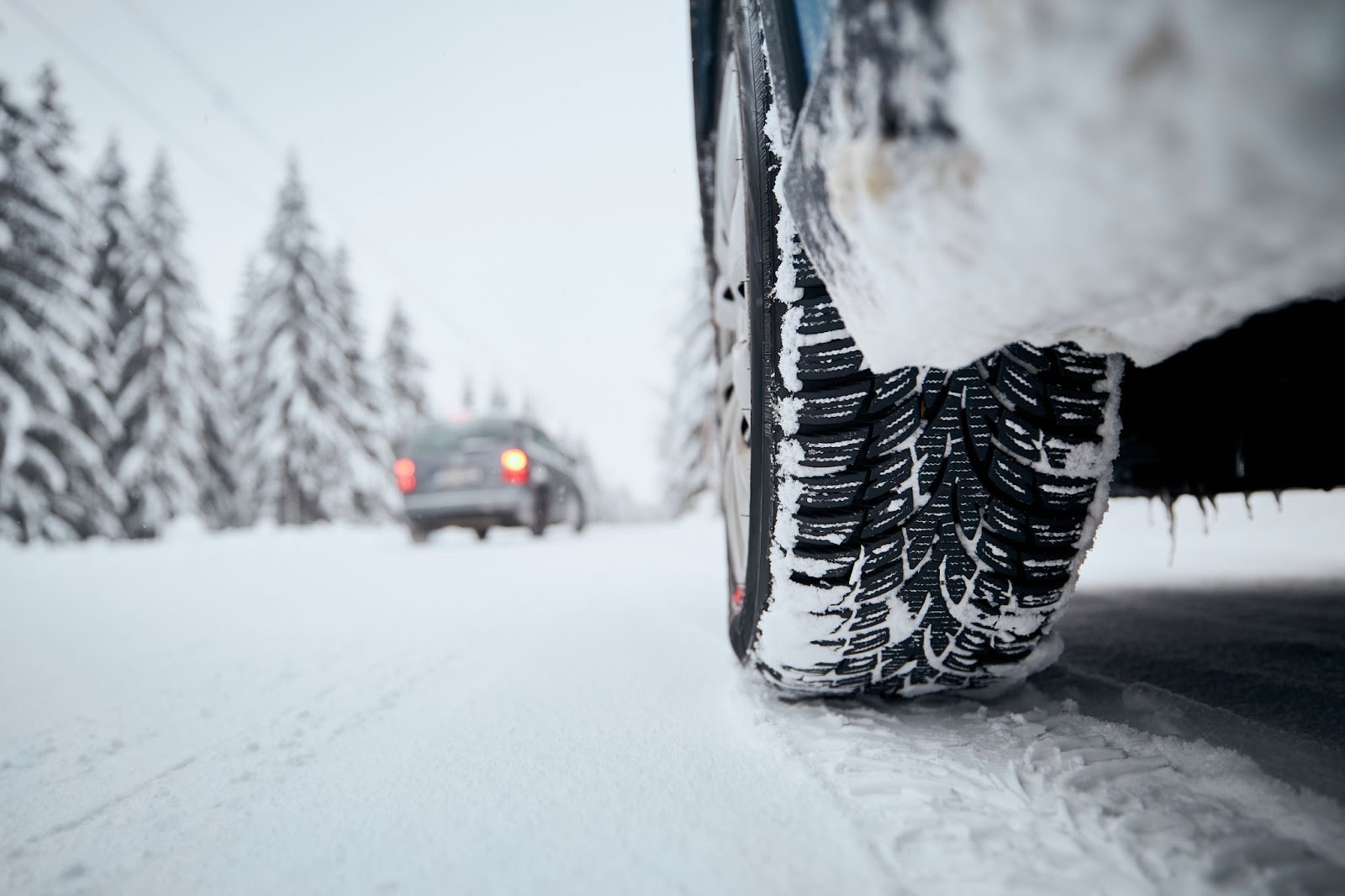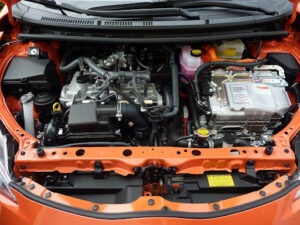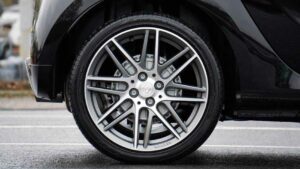Winter driving can be difficult, but it doesn’t have to be. Winter is a time of year that requires more caution on the road than any other, and this article will show you five common winter driving mistakes that many drivers make each year.
Winter weather adds an extra level of difficulty to the already challenging task of navigating your way around town. But don’t worry! We are here to help you avoid these mistakes so you can enjoy a safe and comfortable drive in the winter months!
Not Allowing for Adequate Speeding Distance Between Vehicles
When the road is slick, and you’re worried about losing traction, keep a safe distance between your car and the automobile ahead of it.
Remember that stopping or slowing down in these circumstances will take longer. However, there are drawbacks to wearing studded tires on icy roads. They’re also more challenging to move your automobile from one lane to another, even if it isn’t snowing.
It’s never a good idea to tailgate in heavy traffic and when you’re too close to the vehicle in front of you. You could be distracted by its bumper, which is why it’s important to remember that the vehicle ahead of you, especially if it has a trailer, can’t see what’s coming.
Keep an eye on what’s coming up behind you at the same time. The most prevalent type of collision in bad weather is a rear-end accident.
Not paying attention to the road
Driving in the snow, on the other hand, needs 100 percent of your attention since you must alter your speed and position frequently to detect any potential problems, such as your tires losing traction or another vehicle pulling out into your path. If you combine driving with other activities, such as using a cell phone, your danger rises significantly.
Before you start driving:
- Make sure you know where your destination is.
- Keep your focus on the road ahead of you.
- Once you arrive, get to work on non-driving tasks.
Programming driving routes and changing music selections are common-sense precautions that should be taken before driving, as well as turning off the cell phone.
Not Making Yourself Visible
Winter driving is often associated with bad weather and poor visibility. Drivers who are not prepared for winter conditions may be caught off-guard when faced with snow, sleet, or ice on the roadways.
Winter storms can happen any time of year but most commonly occur in late fall through early spring. If you’re traveling during this period, you must do everything possible to ensure your safety. Winter weather can be unpredictable. The same road conditions that are safe for one driver may not be so for another.
Some drivers overestimate their ability to handle adverse winter driving situations without any difficulty; this mistake is often made because they have never experienced a hazardous situation. Winter weather can quickly turn a routine commute into a potentially life-threatening event, so you must take proper precautions when getting behind the wheel during this time of year.
All drivers should avoid being unprepared for potential winter road conditions and not making their vehicle visible to others on the roadway.
Not Adjusting The Speed On Snowy Or Icy Roads
The posted speed limit is only the beginning; drivers must modify their speeds to match current driving conditions. Visibility, traffic, and traction are three elements that should always be considered.
When visibility is limited, or the road is wet, snowy, or icy, you should reduce your speed considerably. It will allow you more time to react to any emergency and help prevent a traction-loss scenario.
The key to determining what speed limit to use is to be realistic about what feels safe, then lower it even more. According to reports, a good rule of thumb is reducing the speed by half and stopping cruise control when driving on packed snow.
It is simple, but it’s also unsafe since winter driving necessitates lower speeds than usual due to the ice and traffic jams. That results from collisions and automobiles that have been left by drivers going too fast, so slow down and don’t make needless lane changes!
Winter driving is not great for visibility. If you are going to drive at night, make sure your headlights are clean and bright enough so that they can help illuminate the road ahead of you, as well as allow oncoming drivers to see you more easily.

Not Driving Properly Maintained Car
Winter driving is usually more difficult for people who are not used to it. That’s why, even if you live in a city where winter conditions aren’t that severe, you should still take the time to learn how to drive appropriately on snow-covered roads.
A properly maintained car is one of the most important things when driving during winter months, and proper tire care and fluid levels. Your vehicle needs extra attention in cold weather as even a slight problem can increase or cause more significant issues with specific components if not addressed immediately.
Another mistake that people tend to make is not investing in winter tires. These specialized tires are designed with a rubber compound that is soft and pliable, which can handle low temperatures better than summer or all-season tires.
While their construction isn’t as robust as all-season tires, they’re made of flexible materials, so they’ll grip the road in cold weather better than any other type o tire. Winter tires can also help prevent skidding in icy conditions and allow you to maintain control of your vehicle while driving in the winter season.
Prepare Your Car For Winter Driving
The most excellent approach to prepare for changing seasons and the dangers of winter is to plan. As we approach the season change, you must bring your car in for a check-up at Dependable Car Care. We have an expert team on hand who can help keep your vehicle running smoothly this winter by performing preventative maintenance such as oil changes and tire rotations.
If you want your car to be ready for whatever Mother Nature throws it’s way, make sure you schedule an appointment today!




